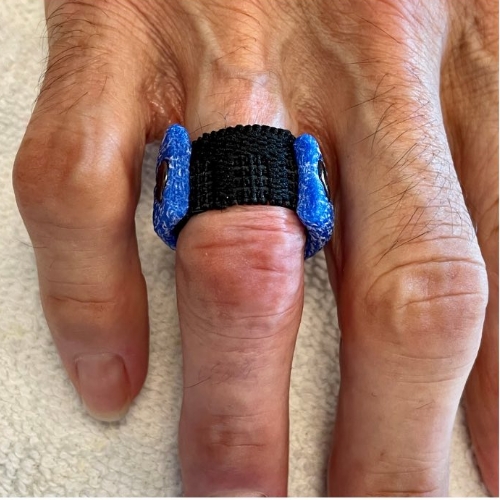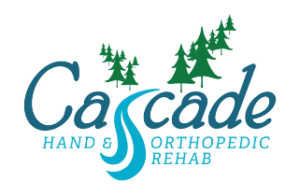
What is a boutonniere deformity?
A boutonniere deformity is an injury to the middle joint of the finger (known as the PIP joint), which results in the inability to straighten that joint. The end joint of the finger, known as the DIP joint, then hyperextends and is difficult to bend. This posture is the result of an injury to the extensor tendon over the top of the finger, which is known as the central slip.
Causes of boutonniere deformities
The causes of boutonniere deformities could be a tear in the central slip can occur from a dislocation of the PIP joint, a cut to the extensor tendon, or from an inflammatory disease, such as arthritis. Unfortunately, what may appear to be simply a “jammed finger” may actually be a tendon injury and can result in a boutonniere deformity. If left untreated, these injuries can result in permanent stiffness to the injured joint. People with a boutonniere deformity will be unable to straighten their fingers and will have difficulties with everyday activities, such as writing, buttoning their clothes, and putting their hands in a pocket.

What is the treatment for a boutonniere deformity?
The treatment for a boutonniere deformity begins with an accurate diagnosis by a physician. For a recent injury that does not require surgery, the treatment will involve a referral to a hand therapist. Boutonniere deformities that are a result of an untreated injury, arthritis, or a laceration to the central slip of the extensor tendon, may require surgery.
Symptoms of boutonniere deformities
In an injury that has just happened, it will be difficult to straighten the PIP joint; however, this joint may be straightened with help from the other hand. There will also be swelling and discomfort. In a boutonniere that has gone untreated, the finger may become stiff, making it difficult to straighten the finger at all.
How can a hand therapist help me?
A hand therapist will build a custom orthosis to reposition the finger in the proper position for complete healing if the boutonniere deformity does not require surgery. The therapist will also teach you ways for reducing finger swelling. In order to achieve a positive outcome, the user must follow the instructions for using the orthosis.
For injuries requiring surgery, the hand therapist will make an orthosis after surgery and instruct the patient on the management of the scar. The hand therapist will also instruct the person in a specialized home exercise program that will assist with returning to normal hand function.
Call Cascade Hand & Orthopedic Rehab today for hand therapy
If you are struggling with a boutonniere deformity, contact Cascade Hand & Orthopedic Rehab for a visit, and let’s get you on the road to recovery. Rest assured that your condition will be well looked at here at Cascade Hand & Orthopedic Rehab in Fort Myers, FL. We hold ourselves to the highest possible standards when it comes to the well-being of our patients, and your treatment will be no different!
Your Next Steps…
Request An Appointment
Receive A Custom Treatment Plan
Work Hard and Progress In Your Recovery
Recover & Enjoy Life Pain-Free!

